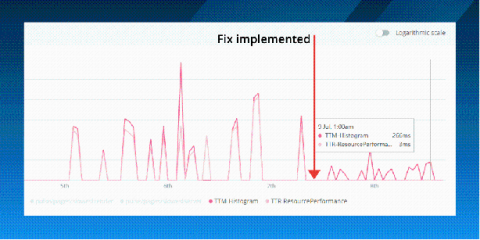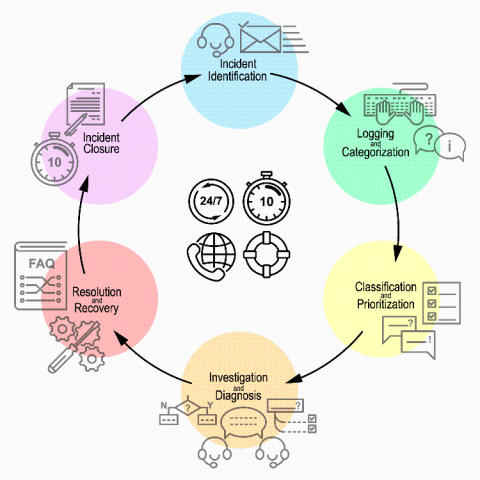Meet the Fastest Forwarder on the Net
I have recently been heads-down working on a large Splunk Cloud PoV (20+ TB / day), and the customer asked if Splunk supported their forwarding technology called Vector. I had never heard of Vector, so I took a note to do further research. I couldn’t find anyone else at Splunk who had seen this technology before, so I embarked on a little research project. What I discovered surprised me—Vector is actually fairly powerful, and cool!











